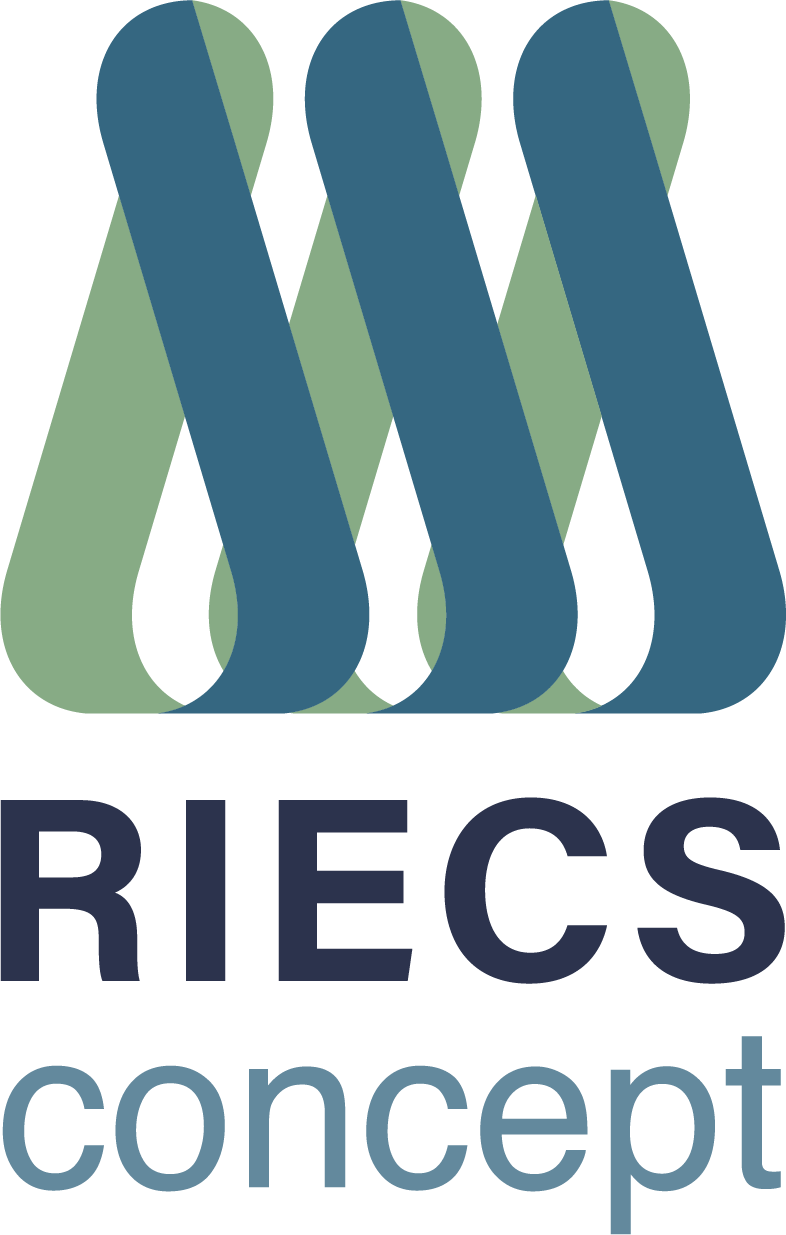OBJECTIVES
The RIECS-Concept focuses on three scientific areas – environmental observations, health, and climate change – to facilitate engagement and address cross-cutting issues. These areas serve as a basis for examining citizen science as a scientific case.
RIECS-Concept aims to conceptualise the new research infrastructure in Europe through the engagement of multiple stakeholders and acknowledging society as a part of the research infrastructure. The projects will bridge typical citizens’ used resources, such as mobile apps, amateur scientific kits or personal accessibility, with professional scientific resources, such as databases, federated computing and storage facilities, citizen science platforms, and dedicated personnel. The RIECS-Concept will form the basis for initiating the unique research infrastructure and consolidating Citizen Science in Europe.
First Objective
Assessing Feasibility and Addressing Challenges
The first objective is to evaluate the feasibility of developing a future citizen science research infrastructure by addressing current challenges and opportunities in the field. This involves creating an open inventory of technological components, services, and resources that will form the foundation of RIECS.
The initiative will refine and interconnect the catalogue, address both technological and scientific challenges, and establish links with other Research Infrastructures, such as EOSC, to shape the foundational design. A unified conceptual model will be developed to integrate data and metadata from diverse sources seamlessly.
Second Objective
Developing a Strategic Roadmap
The second objective is to design a strategic roadmap for the future lifecycle of the infrastructure. This roadmap will outline actionable steps for decision-makers, focussing on governance, sustainability, and long-term viability.
Third Objective
Fostering Open and Participatory Governance
The third objective is to promote an open and participatory approach to governance. The RIECS-Concept will engage a diverse range of stakeholders from science, technology, policy, and society in the co-design and road mapping activities.
This collaborative approach ensures that the infrastructure is shaped by its users and effectively serves the broader citizen science community.
